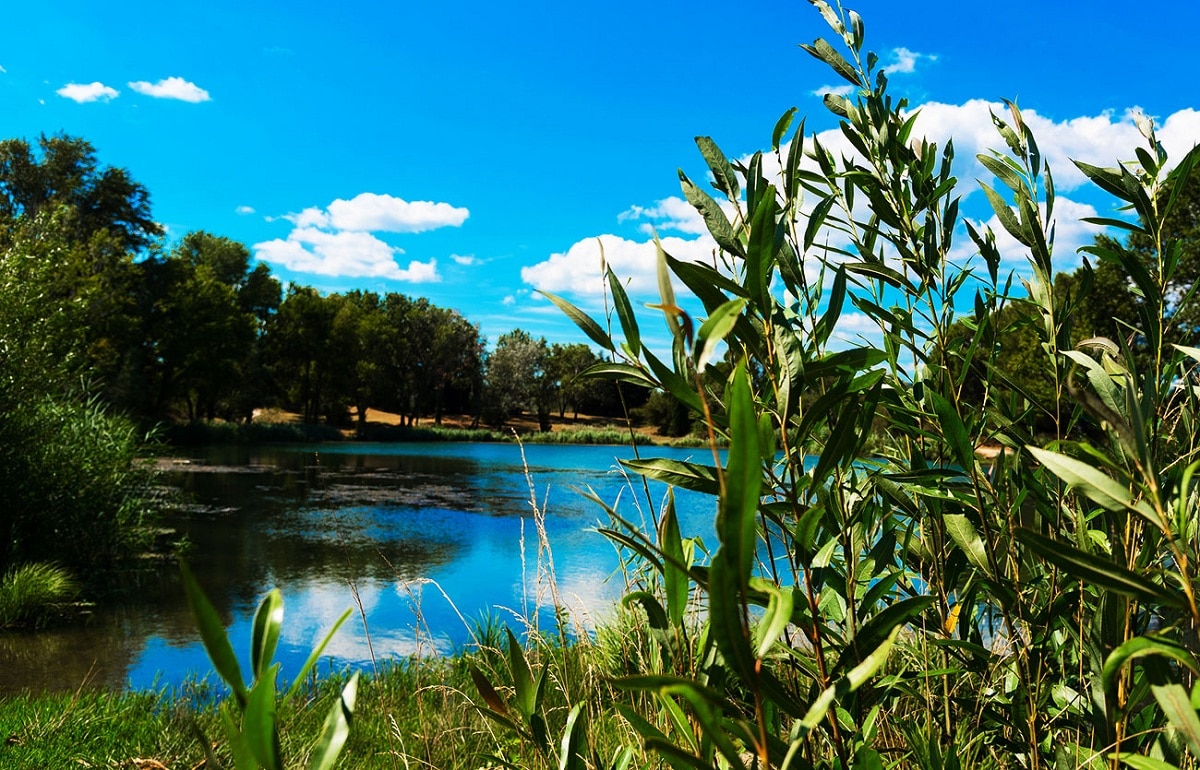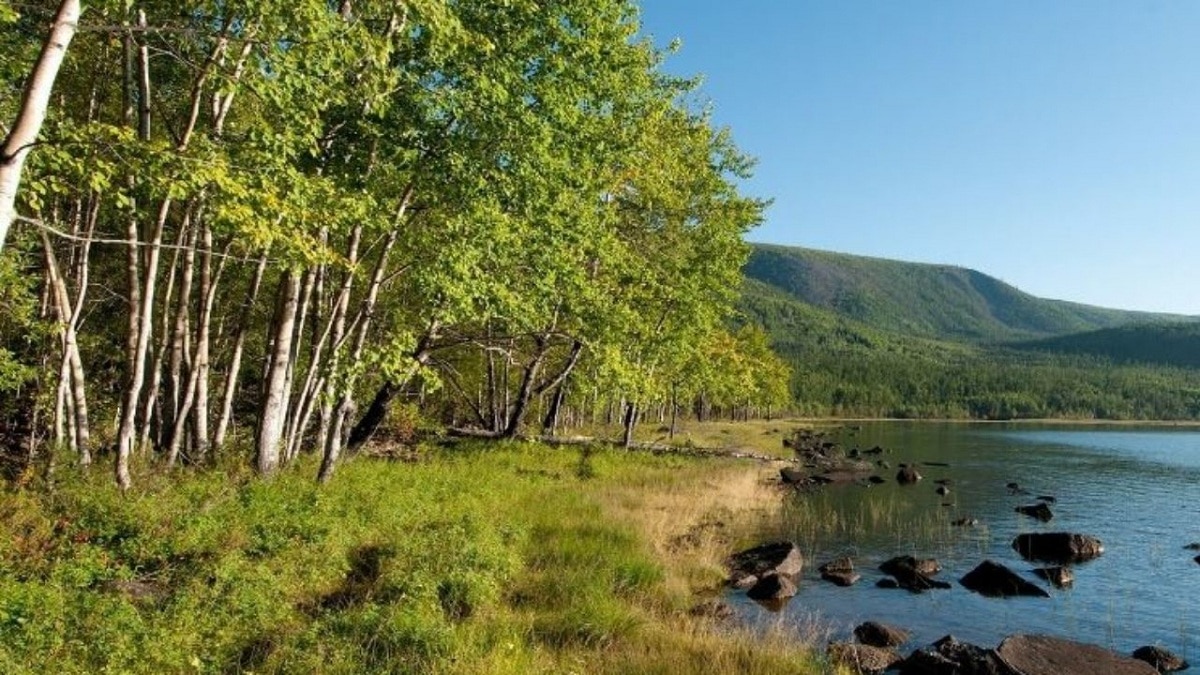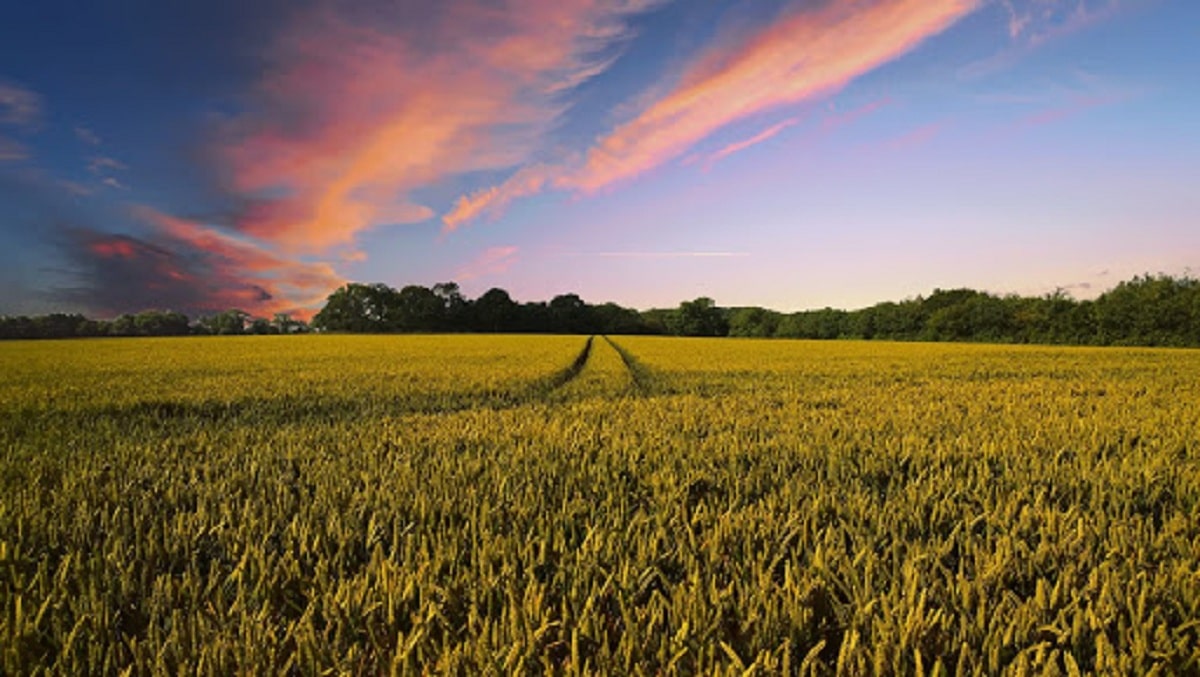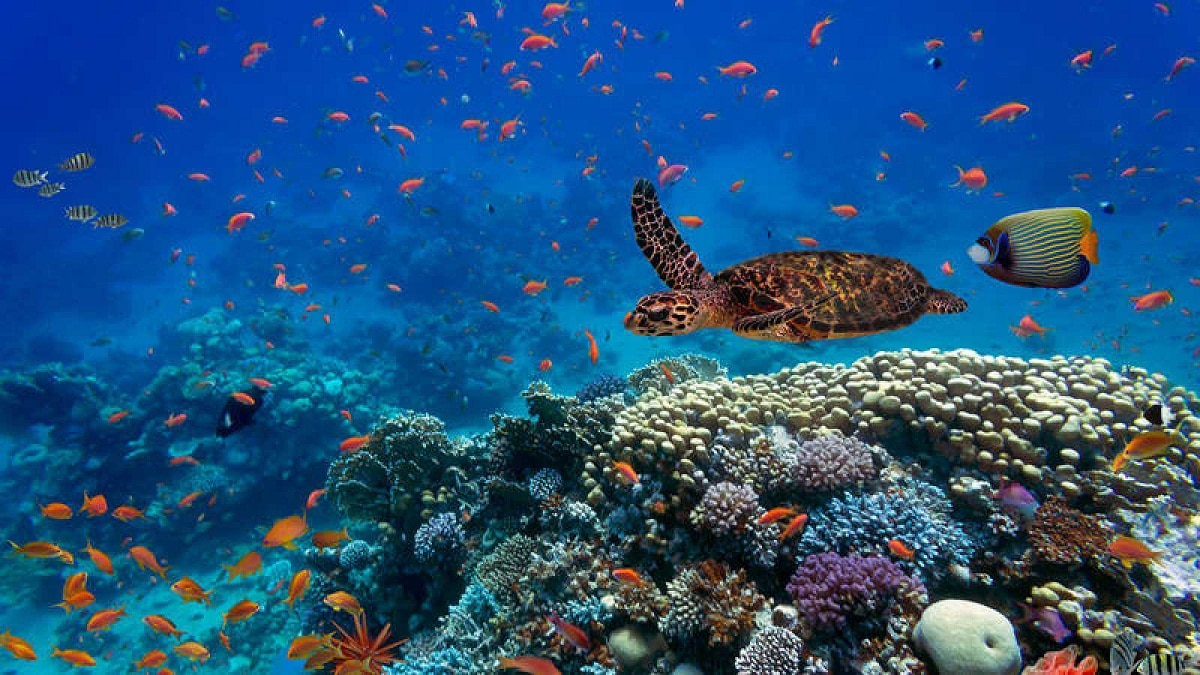
When we talk about a ecosystem We are referring to a delimited area where a set of components interact that exchange matter and energy. The components that are part of the ecosystem can be living or non-living. The whole planet is connected and related in some way and in order to understand all these interactions and complexities, the human being delimits nature into manageable units. In the ecosystem you can study the entire relationship between living beings and the environment.
Therefore, we are going to dedicate this article to tell you what an ecosystem is, what its components are and the main types.
What is an ecosystem

When we say that each species lives in an ecosystem it is because it is found in an area where there are interactions between living and non-living beings. Through these interactions matter and energy can be exchanged and there is a balance that maintains life as we know it. The prefix eco- is added as it refers to places that are totally natural.
We can say that at an ecological level some concepts have been created, such as the biome that refers to a wide geographic area that includes several ecosystems that are delimited to more restricted areas. In ecosystems, the interrelation that exists between living beings with the environment is studied. We can say that the scale of the ecosystem is highly variable since we can speak of a jungle as an ecosystem and a pond of the same mushroom, also a common ecosystem. Thus, It is only the human being who defines the limits of the areas to be studied.
Normally zones are differentiated according to their characteristics since they are different from others. If we go back to the example from before, the pond in the jungle has different environmental conditions than the terrestrial part of the jungle can have. This is the reason why it can host different species of flora and fauna and have other types of conditions.
In this sense, we can see how there are different types of ecosystems that are classified according to different criteria. We can talk about natural ecosystems and artificial ecosystems. In the latter there is an intervention by the human being.
Components of an ecosystem

We are going to see what are the different components that an ecosystem has and that are interacting with the abiotic and biotic components. All these components are in an intricate web of continuous exchange of matter and energy. Let's analyze which are in more detail:
- Abiotic components: when we refer to these components we refer to all those elements that make it up and that lack life. We can say that they are non-biological or inert components such as water, earth, air and rocks. In addition, there are other natural elements such as solar radiation, the climate of an area as well as artifacts and waste that are also considered abiotic components.
- Biotic components: these are those that include all living beings that are present in an ecosystem. They can be bacteria, archaea, fungi or any plant or animal, including humans. It can be summarized by saying that they are elements with life.
Types and characteristics

Let's see what are the different types of ecosystems in broad strokes that exist in the world. They can be divided into 4 large groups and are as follows:
- Terrestrial ecosystems: are those where the interaction between the biotic and abiotic components are carried out on or within the earth. We know that within the earth the soil is a common ecosystem since it is capable of supporting and developing great diversity. Terrestrial ecosystems are defined by the type of vegetation that it establishes and, in turn, these establish according to environmental conditions and the type of climate. The vegetation is responsible for interacting with a great biodiversity.
- Aquatic ecosystems: are those that are characterized mainly because biotic and abiotic components interact in liquid water. We can say that in this sense there are two major types that are marine ecosystems, whose medium is salt water and sweet ecosystems. The latter are usually subdivided, in turn, into lentic and lotic. The lentic ones are those that have slow or stagnant waters. They are usually lakes and ponds. On the other hand, the lotics are those that have faster waters such as streams and rivers.
- Mixed ecosystems: are those that combine at least two environments, the terrestrial and the aquatic. Although the airborne background environment in these ecosystems is also involved in most cases, living beings must adapt to establish relationships between one and another with the environment. It can be done temporarily or periodically, such as the flooded savanna or the várzea jungle. Here we see that the characteristic biotic components are seabirds since they are fundamentally terrestrial, but they also depend on the sea for food.
- Anthropic ecosystems: it is mainly characterized by the exchange of matter and energy that leaves and enters the ecosystem depends fundamentally on the human being. Although there are some abiotic factors that are naturally involved, such as solar radiation, air, water and land, they are largely manipulated by humans.
Examples
We are going to list some of the examples of the different types of ecosystems.
- Cloudy jungle: it is a type of ecosystem that has a complex combination of components among which we find a great diversity of living organisms that establish complex food webs. Trees carry out primary production and all living things are recycled when they die by decomposers in the soil in the jungle.
- Coral reefs: In this ecosystem the central element of the biotic component is the coral polyps. The living reef serves as the basis for the congregation of many other aquatic organisms.
- Várzea jungle: it is a type of jungle formed by a fairly embassy plain that is flooded periodically. It develops within a biome known as the tropical valuable. It is made up of a mixed ecosystem in which half a year the ecosystem is more terrestrial and the other half is mainly aquatic.
The loser of this information can learn more about what an ecosystem is and what its different types are.